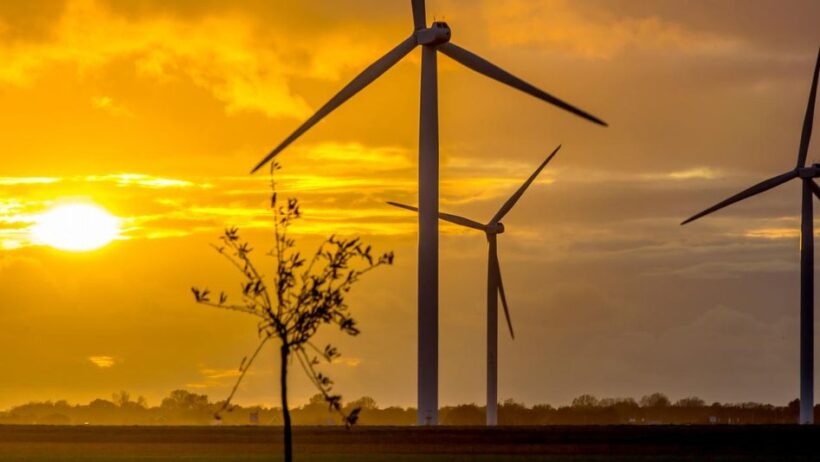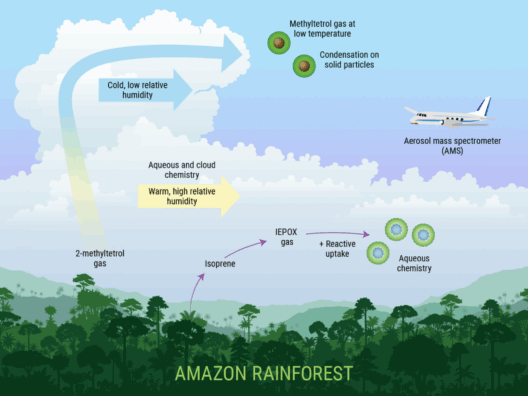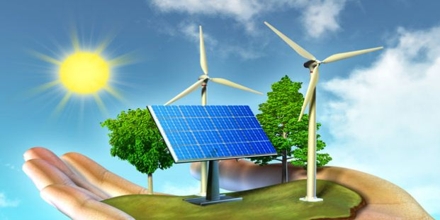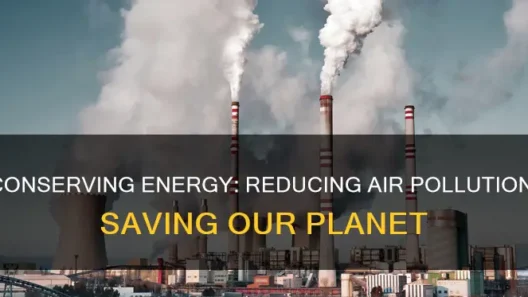Wind energy has emerged as a pivotal player in the quest for sustainable and renewable power sources. However, the question of whether wind energy can be conserved is multifaceted and requires a comprehensive exploration of its generation, storage, and distribution mechanisms. This discussion delves into the intricacies of wind energy, the current challenges it faces, and the innovative methods being developed to enhance its conservation.
To comprehend the conservation of wind energy, one must first understand its fundamental nature. Wind energy is generated when kinetic energy from the wind is converted into electricity through the motion of turbine blades. Unlike fossil fuels, wind is inexhaustible and produces no direct emissions. However, its variability poses a significant challenge; wind does not blow continuously, leading to fluctuations in energy production that complicate sustainable management.
The concept of conserving wind energy transcends merely capturing it at the moment of generation. It also encompasses the ability to maintain a steady supply, ensuring that energy produced during windy periods is available for use when the wind is calm. This leads us to the critical aspect of energy storage, which is essential for the effective conservation of wind energy.
Energy storage technologies are evolving rapidly. Currently, the most prominent system for storing wind energy involves battery storage. Lithium-ion batteries, known for their efficiency and capacity, are often utilized to store excess energy generated during peak wind conditions. However, their dependency on finite materials and the environmental risks associated with mining are significant drawbacks.
Alternative storage solutions have begun to gain traction, with pumped hydro storage being a time-tested method. This technique involves transferring water between two reservoirs located at different elevations. When excess wind energy is available, water is pumped to the higher reservoir. When energy demand exceeds supply, the water is released to flow back down, generating electricity as it turns turbines. Despite its effectiveness, the geographical constraints of this technology limit its applicability in many regions.
Another innovative solution on the horizon is compressed air energy storage (CAES). This process uses excess electricity to compress air in underground caverns or other suitable containers. When energy demand spikes, the stored air is released, driving turbines to generate electricity. While CAES is promising, it is still in the developmental phase and requires significant investment to become widely implemented.
Furthermore, the integration of wind energy with other renewable sources can enhance conservation efforts. By creating hybrid systems that combine wind power with solar energy, we can smooth out the peaks and troughs of energy generation. During sunny days, solar panels can supplement energy storage systems, while windy conditions can provide additional capacity. This synergy leads to improved reliability and better overall energy conservation.
Emerging technologies such as flywheel energy storage and molten salt storage also present intriguing alternatives. Flywheel systems store energy in the form of rotational kinetic energy, allowing for rapid discharging and recharging cycles. Molten salt systems, traditionally used in solar thermal plants, can be adapted for wind energy applications, storing thermal energy generated during windy periods for later conversion into electricity.
The role of smart grids cannot be understated in optimizing the conservation of wind energy. Smart grid technology enables real-time communication between energy producers and consumers. By accurately monitoring energy consumption patterns, smart grids can adjust supply dynamically, ensuring that surplus wind energy is effectively utilized rather than wasted. This responsiveness is crucial for enhancing energy efficiency across the board.
Legislation and regulatory frameworks play a vital role in promoting the conservation of wind energy. Government incentives, such as tax credits and grants, encourage investment in renewable technologies and energy storage systems. By fostering an environment of innovation, policymakers can enhance the feasibility of wind energy conservation strategies. Additionally, implementing renewable energy mandates can ensure that wind energy is a central component of a country’s energy portfolio.
Despite these advancements, obstacles remain. The intermittent nature of wind energy means that conservation practices must be continually refined to respond to shifting environmental conditions. Awareness and education about the benefits of wind energy and conservation techniques are critical in fostering public support and encouraging community involvement in sustainable practices.
Moreover, the aesthetic and environmental impacts of wind farms can be a point of contention for local populations. Engaging communities in meaningful dialogue about the benefits and challenges of wind energy can promote better acceptance and innovative solutions that align with local values and priorities. Community-led initiatives can provide a grassroots approach to conservation, ensuring local needs are met while supporting broader sustainability goals.
In conclusion, while the conservation of wind energy presents a myriad of challenges, the potential for innovation and improvement is significant. Through a confluence of advanced storage technologies, regulatory support, educational initiatives, and community involvement, wind energy can be effectively conserved and utilized. The future of energy lies in its conservation, and by harnessing the power of the wind, we take substantial strides towards a sustainable and renewable energy landscape.








